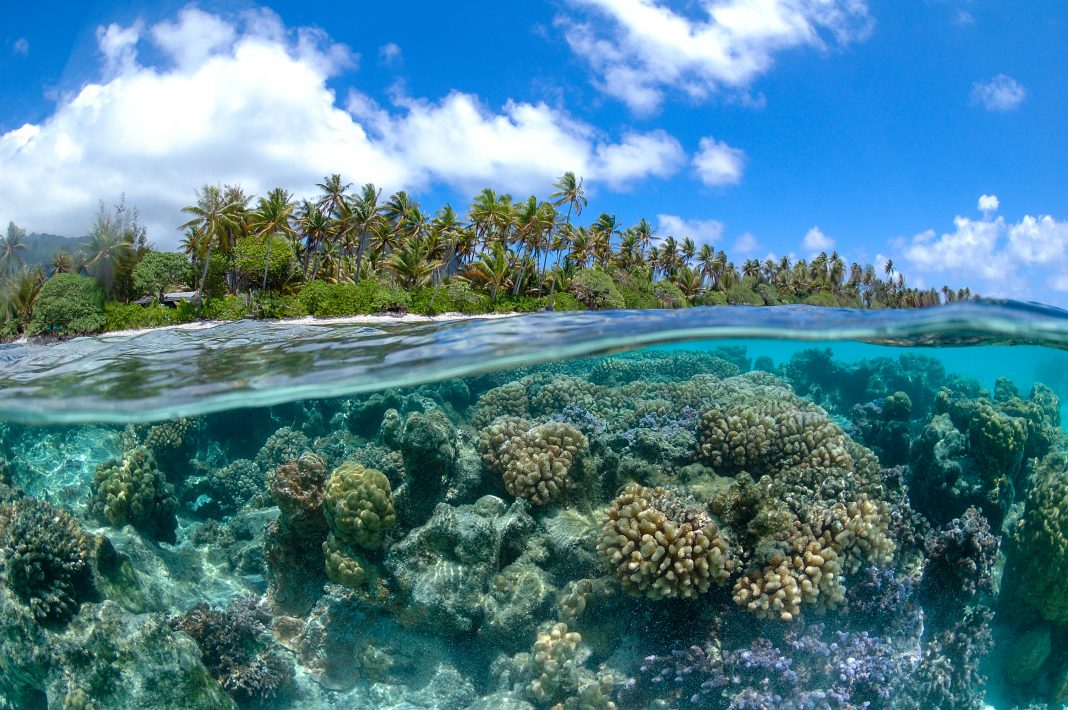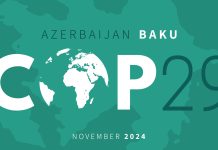An international team of scientists, in collaboration with the University of Melbourne and the Australian Institute of Marine Science, have developed a solution for coral reef restoration
Coral reefs across the globe are rapidly disappearing due to various human-induced disturbances, with the most significant threat being global warming.
In response to this crisis, coral reef restoration has become an increasingly important field of research and industry.
However, the limited resources available for restoration efforts make it impossible to restore all the tens to hundreds of stony coral species that comprise most coral reefs.
Presently, there is a lack of methods for selecting species that can effectively maintain species diversity and ecosystem function.
A pioneering strategy for optimal for coral reef restoration
A team of scientists, led by a researcher from the University of Hawai’i (UH) at Manoa, has unveiled a new strategy for selecting key coral species that can preserve essential ecosystem functions vital for the health of coral reefs.
The results of their study were published today in the Journal of Applied Ecology.
This international team of researchers developed the innovative approach during a workshop organised by the University of Melbourne (U Melbourne) and the Australian Institute of Marine Science (AIMS).
Incorporating ecological characteristics and species traits
The research team combined comprehensive databases containing ecological characteristics and trait data of coral species, including their resistance to thermal bleaching.
By adopting a hedging approach, similar to that used in investment portfolios, the team aimed to determine the most effective sets of species for restoration.
“The selection based on ecological characteristics is important for hedging against future species loss, whereas trait diversity is important for hedging against the loss of certain ecosystem services, reef-building groups, life history categories, and evolutionary variety,” explained Joshua Madin, the lead author of the study and a research professor at the Hawai’i Institute of Marine Biology.
Practical applications in selecting target coral species
This groundbreaking hedging approach provides a practical framework to assist restoration practitioners in selecting target coral species based on spatial scale and available resources.
By focusing on a diverse range of local species with different life history strategies, restoration projects can better preserve critical ecosystem services that coral reefs provide, such as coastal protection and fisheries.
The study also emphasised that, when data on species are limited, selecting species at random is a better option than focusing solely on easily collectible species.
The extra effort required to gather diverse species will yield long-term benefits in terms of preserving the essential ecosystem services on which communities rely.
Risks faced by coral reefs continue
As the risks faced by coral reefs continue to mount, particularly in regions like Hawai’i and Australia, where reefs are vital for tourism, recreation, coastal protection, and sustenance, coral restoration has become a pressing priority.
The new approach for selecting coral species has already found practical application in a hybrid reef program in Hawai’i, funded by the Defense Advanced Research Projects Agency, with the goal of creating an engineered structure that provides habitat for corals and other reef life while safeguarding coastlines from flooding, erosion, and storm damage.
This innovative strategy offers hope for the future of coral reefs, providing resource managers and conservationists with a valuable tool to combat the decline of these fragile ecosystems.











